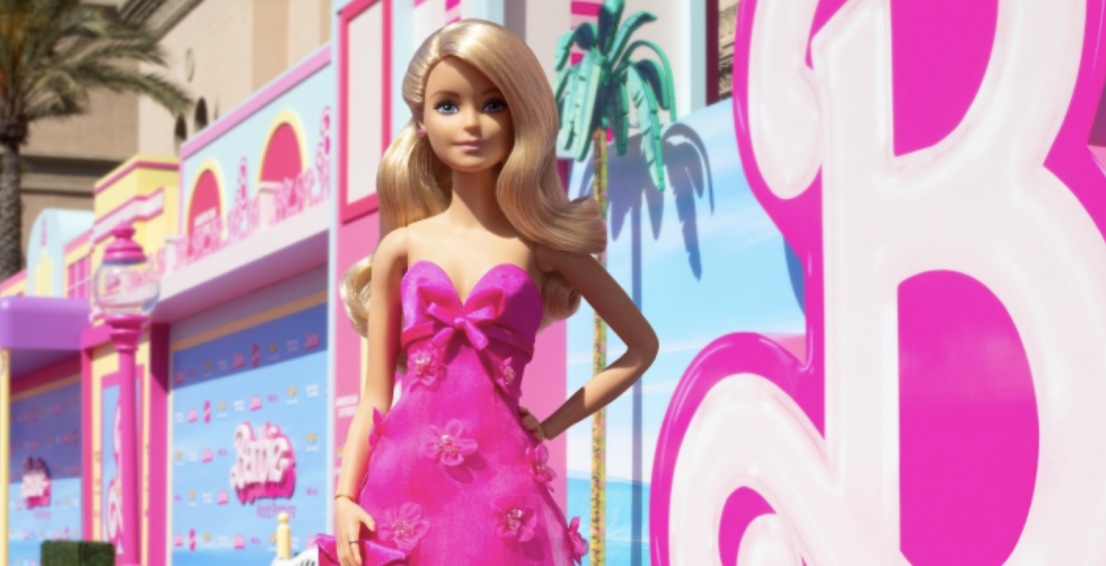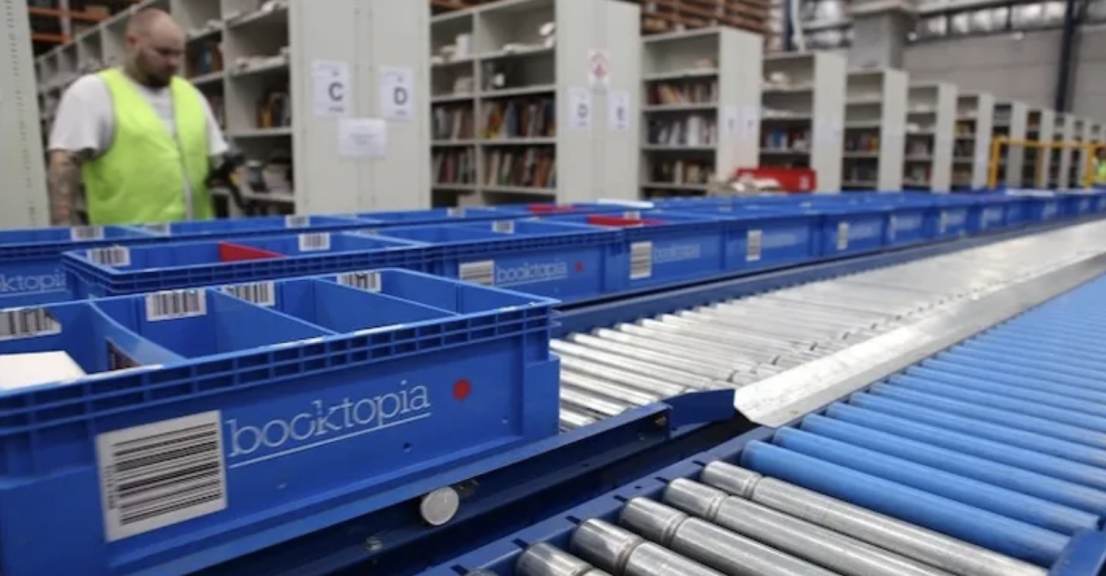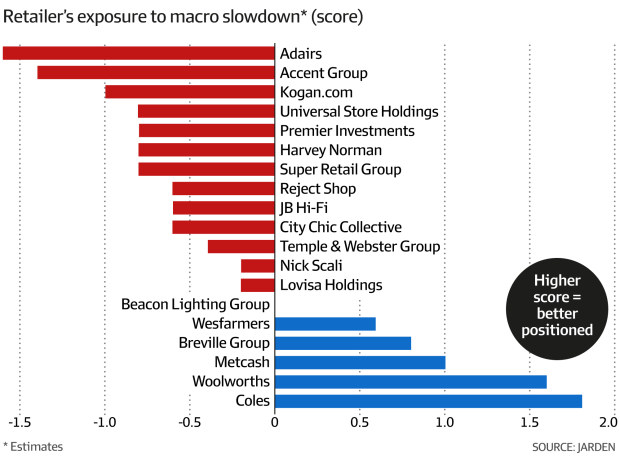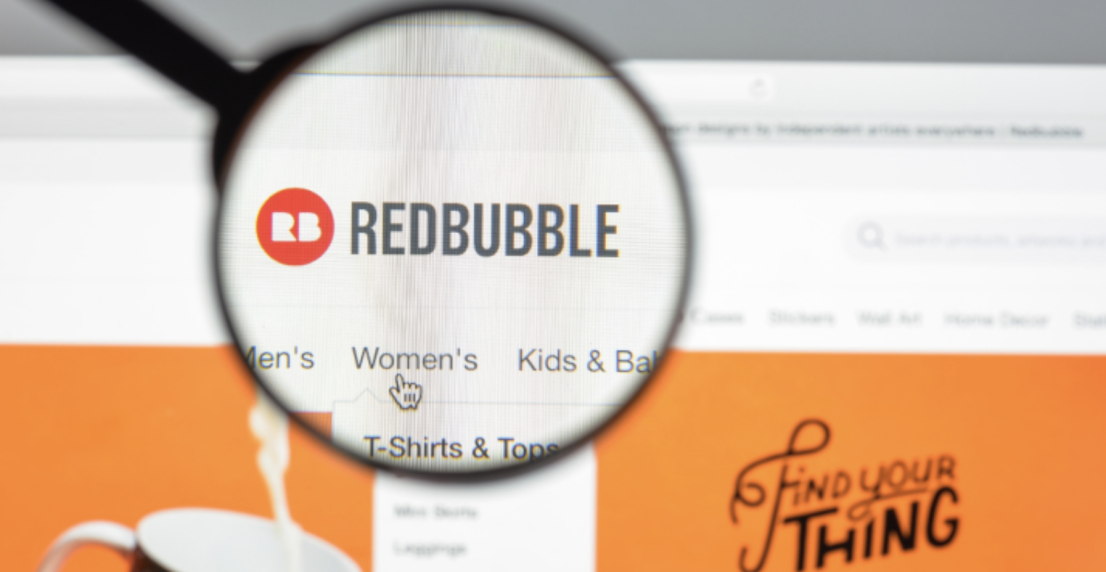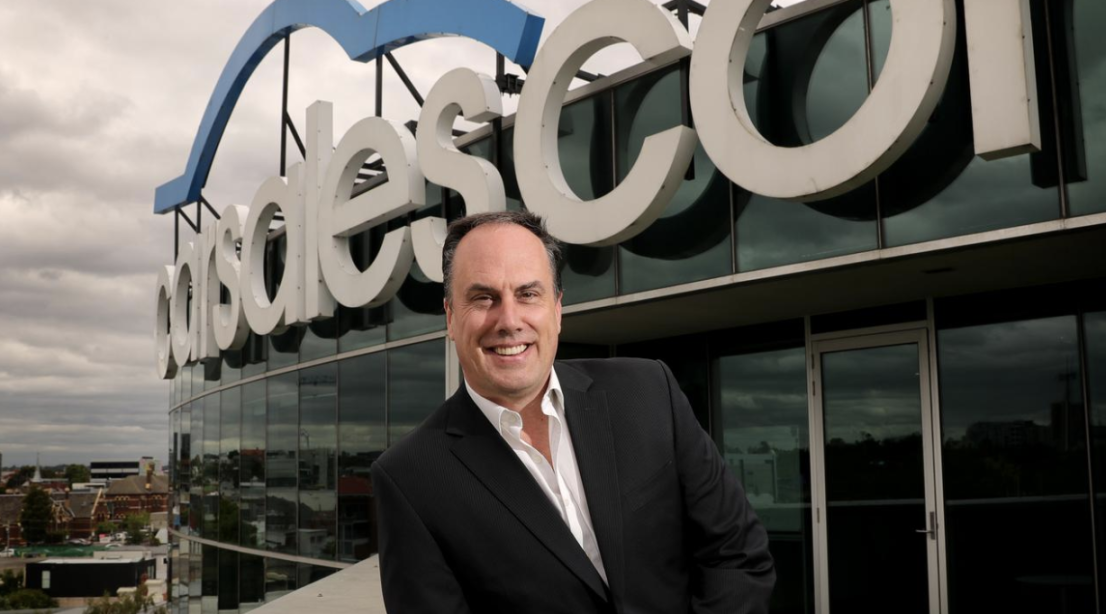
Fears soaring fuel costs would wound demand for petrol-hungry SUVs have failed to materialise, the boss of auto classified website Carsales.com said as the company reported a quadrupling of full-year profit.
Carsales chief executive Cameron McIntyre said the company has maintained momentum in the first six weeks of this financial year, defying a crunch in household budgets from the RBA’s most aggressive series of interest rates in 30 years.
He said search traffic and sales remain at levels similar to 12 months ago, despite JB Hi-Fi calling out “heightened uncertainty” and Myer and Nick Scali reporting discretionary spending beginning to slow.
“In Australia we do 20 million-plus (search) sessions a month. Across the world we would do 100 million sessions a month. What’s interesting is the searches versus last year are pretty similar in terms of what people are looking at,” Mr McIntyre said.
“I was expecting to see as things got tougher that people would search for more hatches and less SUVs on two bases, hatches tend to be cheaper and also you’ve got high cost of living around fuel so a hatch would be a cheaper car to run.
“But what we have seen in the last 12 months is there has been a move towards SUVs, searching less for sedans while hatches have been around the same, which was a surprise.”
More surprising is the pandemic-fuelled surge in used car prices has failed to dissipate, despite more vehicles hitting the market. Mr McIntryre said prices remain 40 per cent higher on 2019 levels, heralding a new normal.
“Over the last sort of several months we’ve seen prices come down marginally, but they’ve stabilised. They’re still around that 40 per cent mark above where they were pre-Covid. I honestly don’t see them tracking down materially anytime soon.
“What it says to me is where interest rates have gone up over the last sort of 12 to 18 months … on a $30,000 car loan doesn’t really move the needle. The other thing is from additional research that we’re doing is consumers have pretty much banked where car prices are today.”
Carsales, which took over US-based Trader Interactive and a controlling stake in Brazil’s Webmotors during the year, reported a 301 per cent leap in net profit to $645.6m. Meanwhile, revenue surged 53 per cent to $781.2m.
As a result, the company has hiked its final dividend, which it will pay on October 16, by 33 per cent to 32.5 cents a share. Carsales’ shares soared 7 per cent to $26.33, valuing the company at almost $10bn, on Monday.
Part of Carsales financial success lies in its acquisition spree across the Americas. Its North American operations reported a 22 per cent surge in revenue to $239.4m, while earnings before interest, tax, depreciation and amortisation vaulted 17 per cent to $140m.
In Latin America, revenue leapt 40 per cent to $138.9m, while EBITDA surged 50 per cent to $47.7m.
More than half of Carsales’ earnings are now generated outside Australia, and Mr McIntyre is expecting “good growth” in the year ahead, highlighting economic trends in the US that are about six months ahead of Australia.
“The consumer in the US has come up a little bit. What happened during Covid was everyone moved into these lifestyle and leisure assets because they couldn’t travel anywhere. That’s come off a bit but comparing that to 2019, which is pre-Covid, things have continued to grow in that business.
“As (US) market conditions improve and interest rates come down, I think what you’ll see is people should eventually start venturing back into those lifestyle assets that they might have been holding off on while interest rates were reasonably high. So that bodes well for us if we’re six months behind them in that cycle.”
Barrenjoey head of media and telco research Eric Choi said Carsales’ actual earnings before interest, tax, depreciation and amortisation of $425m were in-line with consensus estimates of $428m.
“FY24 guidance: for ‘good’ EBITDA growth on a PF (pro-forma) FY23 EBITDA base of about $496m, we think good can mean 10-14 per cent, which would imply FY24 EBITDA of ~$546-565m,” Mr Choi wrote in a note to investors.
“However guidance excludes potential FX (foreign exchange) tailwinds, which could be another slight kicker in FY24.”
E&P analyst Entcho Raykovski said the FY24 outlook for “good” growth in pro-forma EBITDA is “broadly consistent with consensus estimates of an 11 per cent gain.
“In our view, this result and outlook commentary will be enough for the stock to hold on to its recent gains.”
Citi’s Siraj Ahmed said: “We see minor upside risks to consensus on FY24e EBITDA to reflect guidance, however there could be minor downside risks to NPAT given consensus is forecasting ~20 per cent yoy growth vs. company guidance of 15 per cent growth”.




